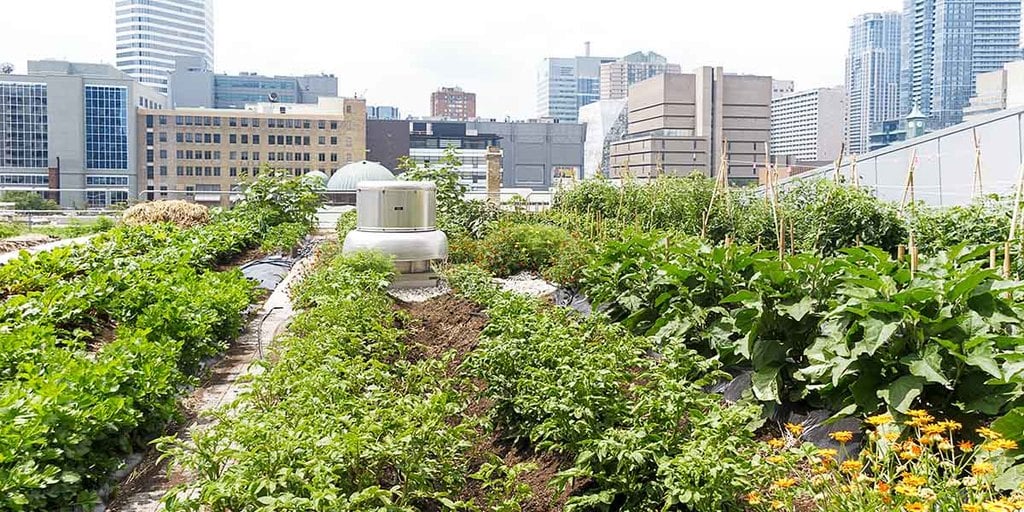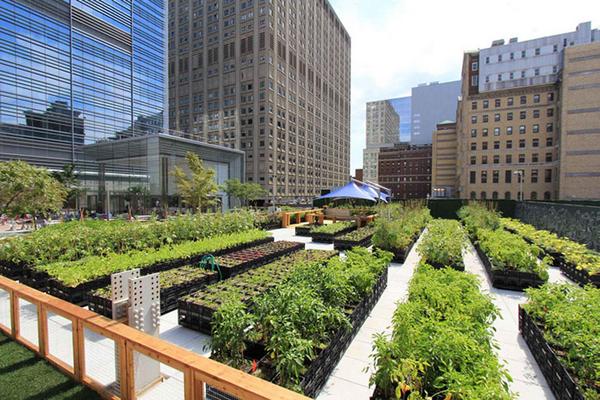Some Known Incorrect Statements About City Blooming
Some Known Incorrect Statements About City Blooming
Blog Article
Some Known Factual Statements About City Blooming
Table of ContentsExcitement About City BloomingWhat Does City Blooming Mean?The Best Guide To City BloomingCity Blooming Can Be Fun For AnyoneCity Blooming Can Be Fun For Everyone

As you walk the roads of the Bronx, Southside Chicago or East Oakland, you might see have actually also seen big stories of ripening fruits and vegetables being harvested. What precisely are city farms and area yards? Urban agriculture, urban farming, or urban gardening is the practice of cultivating, processing and dispersing food in or around urban locations.
Normally, metropolitan farming as a practice is a larger financial investment than horticulture. There are many extra hours invested into the trivial matters of farming, from the crop strategy to the often tending of your beds. This time around commitment handles an entire brand-new definition once you understand the goal that is being worked in the direction of and dedicated, specifically that of gaining a bountiful yield of plants to be consumed.
A neighborhood yard is a single item of land gardened collectively by a team of people. Neighborhood gardens use either private or shared plots on personal or public land while creating fruit, veggies, and/or plants grown for their attractive appearance. The standard design here is that a huge team of people each add a reasonably small quantity of time to working their very own plot, and get the fruits of their labor consequently.
More About City Blooming

, and neighborhood organizations by helping them develop and expand their own yards. The differences between area yard and urban farm are nuanced, though in the end the same standard task takes placefood plant growing however within various organizational structures - landscaping.
Urban ranches are typically much more business and innovation oriented, with the main objective of optimizing yields and selling fruit and vegetables. Industrial metropolitan ranches are often focused on expanding manufacturing on usually tiny land location with developments in modern technologies such as tank farming, hydroponics, and greenhouses and may companion with an industrial kitchen area to produce locally-produced value-added products such as jams and sauces.
City Blooming - The Facts
The fruit and vegetables is normally expanded on a much smaller range and is taken home to consume at home or to share. By offering much needed eco-friendly rooms in destitute, concrete urban areas, they enable the advantages of backyard horticulture to those doing not have backyards, and serve as outstanding instances of self-organization and community advocacy.
Some neighborhood gardens, usually in metropolitan areas, move into growing for industrial usage while some metropolitan ranches open up their land for more socially aware advantages. Regardless of how you define and differentiate the 2, they are both favorable pressures for good in cities around America and the world.
As all of Tiny Axe Peppers' warm sauces are sourced with peppers from community gardens, your acquisitions directly help fund these local tasks (https://my-store-faa5b0.creator-spring.com/). So, participate in the transformation by.
A buddy of mine just recently commented in a discussion regarding horticulture that "It's fascinating, I have actually always assumed that farming as a technique is somewhat like horticulture. As I invested even more and even more time in my Urban Agriculture course I've come to recognize that to claim that horticulture is a miniature expansion of agriculture would certainly be a bit of stretch.
How City Blooming can Save You Time, Stress, and Money.
They both revolve around the care of plants for some objective that can be nutrition, profit or simply the enjoyment of the craft. Additionally they both require a monetary investment in addition to a time financial investment, something that a great deal of individuals in our rapid paced life do not have a lot of - balcony and patio garden design.
We can see that the resemblances are plentiful, however are the differences enough to create a difference? As a pupil at NYU I have the possibility to collaborate with the leave It Much better Foundation, a group that educates fundamental nutrition and horticulture to high institution trainees. https://www.topratedlocal.com/city-blooming-reviews. This experience gave me an in-depth venture right into the globe of amateur horticulture beyond what the majority of people have touched with
With these in hand, I can securely say that these two activities are rather truthfully various beasts. Farming as a technique is a larger investment than horticulture. There are numerous much more hours spent right into the trivial matters of farming, from the plant plan to the often tending of your beds. This time commitment handles an entire brand-new significance once you recognize the goal that is being worked towards and committed, namely that of acquiring an abundant yield of crops to be taken in.
The typical gardener deals with his duties as a task click resources instead of a need and therefore distinguishes his or herself from the farmer. With this distinction in hand, they are both calming and enjoyable workouts that any person can pick up, which by itself must be a promotion for both.
City Blooming for Dummies
Something failed - indoor plants. Wait a moment and try once again Try once again
Report this page